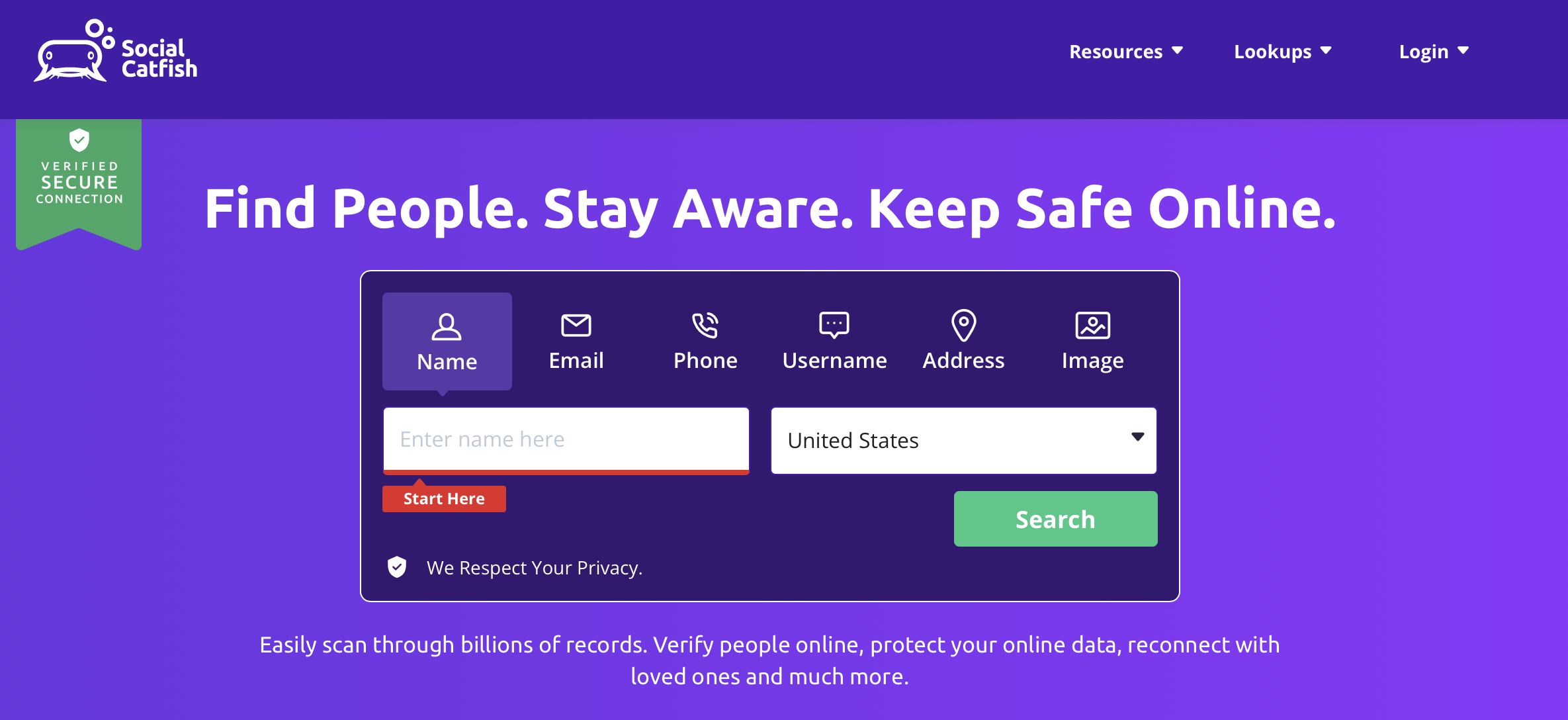How to Reverse Search an Email for Free (and Why It’s Not Enough in 2025 Recruiting)
- Defines what reverse search email means - Explains free reverse search email tools - Shows how recruiters can trace online profiles - Lists Google, domain, and social lookup steps - Highlights limitations of reverse search email - Kalent enhances reverse search email with multi-channel sourcing
What Is Reverse Search Email?
A reverse search email is when you use an email address to find information about the owner by searching public records.
In 2025, it seems like everyone should be easy to find online, but it’s not always that straightforward. The best candidatess don’t always show up where they might expect, such as on LinkedIn or other social media sites. Many are hidden behind privacy settings, inactive profiles or niche communities – or they might just not be open to new opportunities right now.
This is where reverse email search comes in. This practice lets you work backwards from a simple email address to find out information about someone online, such as their work history, skills or experience.
In this article, we’ll explore the best reverse search email tools, assessing both their strengths and limitations for recruiters.
What Does Reverse Email Search Actually Mean?
Reverse searching an email means tracing someone’s address to everything they’re publicly connected to online. This might include their social media profiles, old blogs, portfolio links or even mentions in public records. It’s a way to build context surrounding a candidate before you reach out.
For recruiters, this practice can be incredibly useful. Not only can you find out about a candidate’s work history this way, but you’ll also be able to see if they’re connected to anything nefarious or controversial before you mention their name to a company or hiring manager.
Another reason reverse email search is so useful is that great candidates don’t always advertise themselves online. Some prefer to stay private, while others have moved away from traditional job platforms entirely or aren’t currently looking for a role.
The data behind these lookups comes from public sources such as social media databases and domain registrations, so it’s perfectly ethical and legal. Many HR professionals and recruitment companies now use these tools to add substance to what might otherwise just be a name in a spreadsheet.
That said, free reverse email search tools won’t reveal everything. They might be great for verifying details or finding early clues, but they only scratch the surface.
Let’s look at how to reverse search an email for free, as well as how to move past this basic practice to something more sustainable.
How to Reverse Search Email for Free
Google the Email Address

When you come to reverse search an email address, it’s best to start with good old Google. All you need to do is type the email address in quotes — "john.smith@company.com" — to look for exact matches.
You might find an old blog comment, a byline on a company article or even a profile cached from years ago.
It’s also worth checking the Wayback Machine, which stores old versions of websites. Here, you might uncover usernames, project links or a forgotten portfolio that connects the dots.
This approach only works if the person has used their email address publicly, but when it hits, it can be the fastest way to uncover genuine information.
Use Free Reverse Search Email Lookup Tools

Once you’ve done a basic search, it’s time to let a few tools do some of the work for you.
- Social Catfish connects emails to social profiles and photos
- EmailSherlock focuses more on professional details
- That’s Them uses public records and directory data
- Hunter.io and Clearbit Connect help you understand company domains and job titles
Each tool scans different databases, so combining them gives you better accuracy. You might start with Hunter.io to learn which company an address belongs to, then switch to Social Catfish to see if that same email links to any personal accounts.
Free versions usually limit searches or blur out part of the data, but they’re ideal for quick checks. And because they rely on public information, you’re not stepping into any privacy grey zones.
Check Social Media Platforms
Some social platforms still let you test whether an email address is attached to an account while doing a reverse search email. Facebook and Instagram occasionally do this.
Tools like NameChk or KnowEm can help you scan social media handles across dozens of sites at once, such as GitHub, Reddit, TikTok and X (formerly Twitter) to track down users.
Of course, privacy settings will block some paths, but even partial discoveries can tell you a lot about the interests and communication style of your candidates, which is all useful when building context.

Look at the Domain Behind the Email
If you’re searching for a company email, the domain is your shortcut to a lot more context. An address ending in @company.com immediately tells you where someone works. From there, tools like Apollo.io, LinkedIn Sales Navigator or Hunter.io can show you other employees at the same organisation.
This is handy for B2B recruiters or business development roles, as if one contact isn’t responding, another might be able to make the introduction.
You can also run a WHOIS or MX lookup to verify that the email address is legitimate. These checks confirm whether a domain is active and connected to a real company, saving you from chasing inactive or spoofed addresses.
Beyond verification, domain intelligence can reveal how big a company is, what industry it’s in, and even who else might be hiring. That’s all useful context for crafting more relevant outreach later on.
Is Reverse Searching Enough to Build a Candidate Profile?
Reverse search email techniques will (at most) get you a few social media links and a company profile, but this doesn’t really tell you much about a candidate. You can’t see what their goals are or how they communicate. For this reason, most recruiters hit a wall after reverse searching someone’s email.
In 2025, we know that candidates engage better with multichannel communication. People no longer want to do everything on LinkedIn. Developers, for example, tend to hang out on GitHub. Designers network on Behance or Dribbble, while analysts might discuss ideas on X.
You can try to connect all these dots manually, but it’s a slow and inconsistent process. By the time you’ve built one profile, another recruiter has already reached out through the right channel.
This is where Kalent comes in, helping you layer candidate information with multi-channel sourcing, turning scattered bits of data into something coherent and actionable.\
.png)
Kalent: Take Reverse Search Email Further
Reverse search email is a free and often useful exercise. It helps you confirm who someone is, where they work and what else is linked to them online. But on its own, it doesn’t tell you much about a candidate or how they like to engage.
In a market this competitive, the most successful recruiters are the ones who genuinely understand how people show up online and meet them there.
Our recruitment co-pilot, Kalent, collects context about your candidates and helps you engage them with personalized messaging at scale. Book a demo to see how it could work for your recruitment or HR team.





